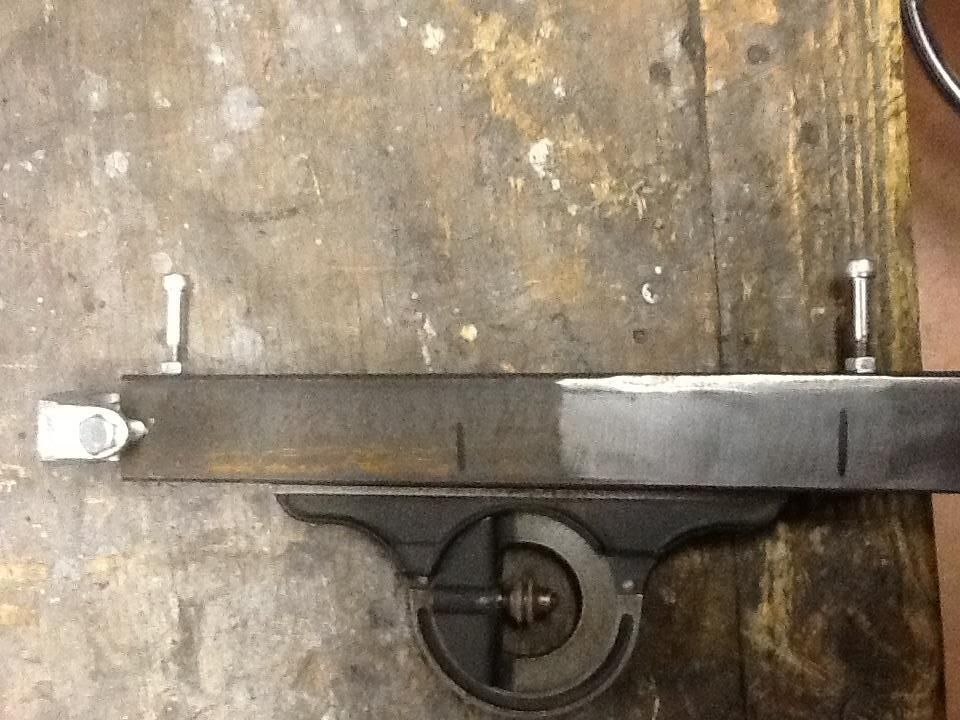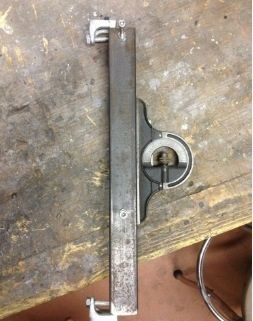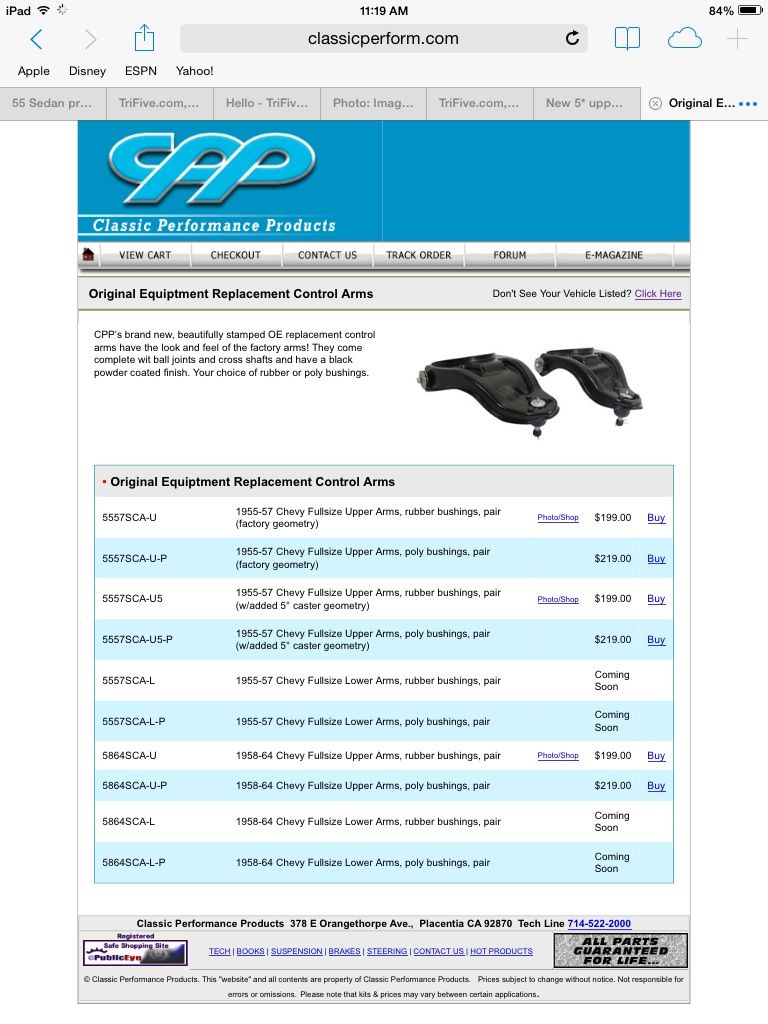This comes up so frequently that I decided to make it a sticky....I also, included the alignment specs in an attachment that can be downloaded to your computer.
![Image]()
The biggest deal here is the caster. Positive caster is what makes your car track straight down the road and makes the steering wheel return to center when exiting a turn. It also makes the steering effort harder.
With all stock front end parts +1º caster is about all you can hope for, and some cars don't have that much adjustment.
With manual steering, as much positive caster as you can adjust for is about all you should do, as more will make the steering too hard.
With power steering, do the same with a stock front end. You can get 3-5º more caster with aftermarket tubular upper control arms. It's a good mod.
Another way to get more caster (or camber if you can't remove any more shims) is to use offset upper control arm shafts. They'll usually get you an extra 1º - 1-1/2º
On the camber, zero or even slightly negative is a small plus for cornering.
The above deviations from the stock specs are my opinion. I think most agree with the general nature of them, but some may have their own ideas on the details.

The biggest deal here is the caster. Positive caster is what makes your car track straight down the road and makes the steering wheel return to center when exiting a turn. It also makes the steering effort harder.
With all stock front end parts +1º caster is about all you can hope for, and some cars don't have that much adjustment.
With manual steering, as much positive caster as you can adjust for is about all you should do, as more will make the steering too hard.
With power steering, do the same with a stock front end. You can get 3-5º more caster with aftermarket tubular upper control arms. It's a good mod.
Another way to get more caster (or camber if you can't remove any more shims) is to use offset upper control arm shafts. They'll usually get you an extra 1º - 1-1/2º
On the camber, zero or even slightly negative is a small plus for cornering.
The above deviations from the stock specs are my opinion. I think most agree with the general nature of them, but some may have their own ideas on the details.








